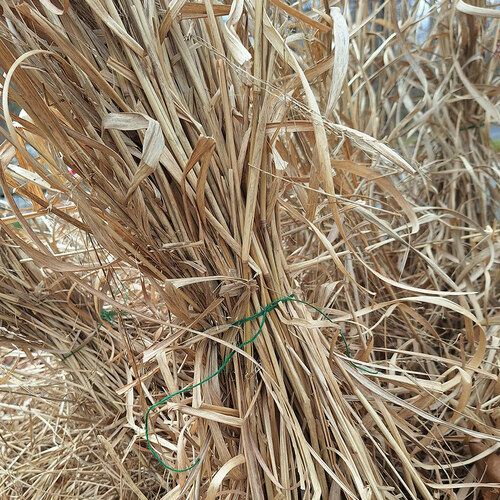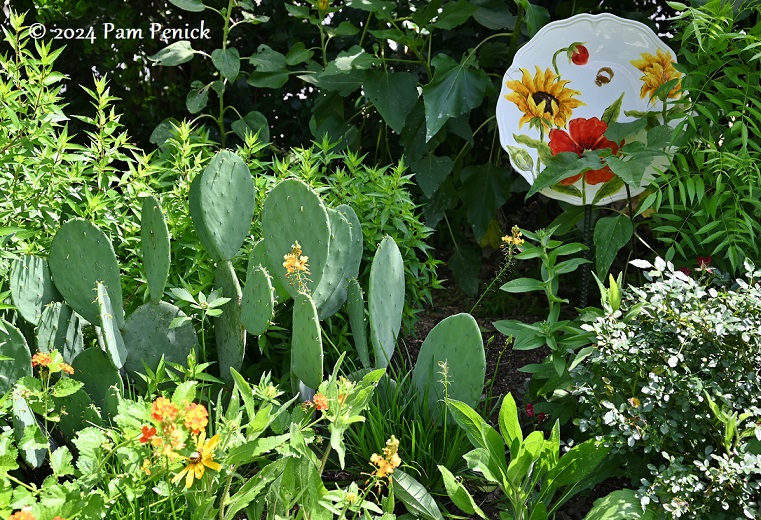Despite working predominantly in ornamental—especially naturalistic—horticulture, I hold an “interdisciplinary minor in organic agriculture” from Colorado State University. Early in my career I worked primarily in food crops, and before I was 20 years old I spent summers in bean-breeding fields, diversified food-cropping systems, and home gardens. Through my years of food gardening, I’ve found that growing tomatoes even at 5,000 feet here on the “Front Range” is a gamble. With frequent cool, wet summers or late spring frosts—or worse, early killing frosts in fall—ours is not a favorable region in which to grow classic, meaty tomatoes.
Despite that, the gamble keeps many of us going. Last year, I had garden-grown tomatoes on the counter well into November. For mountain areas, the odds are even stiffer! My aunt and uncle two hours to my west in North Park see an average of less than 40 consecutive frost-free days each year. For a garden like theirs, tomatoes aren’t a terribly practical crop. But for many who fall between Fort Collins’s 140+ of frost-free days and the paltry 40 of our coldest mountain parks and valleys, there are options.
Choose Cold-Tolerant Tomato Varieties
One of the most cost-effective tactics is to simply select cool-tolerant varieties, or those that produce fruit quickly. You may need to grow these plants from seed, but that relative cost is still less than a full blown, season-extending greenhouse. As for selecting varieties, look for tomatoes indicated to be “cool-weather-adapted” or “very short season.” It is important to note that these varieties are still frost-sensitive like other tomatoes. However, their unique designation describes their increased vigor at cooler temperatures (i.e., they are more resistant to the cool-weather stunting many tomatoes experience below 50°F). Often these varieties also produce small fruits, which ripen more quickly from fruit set than do larger, beefsteak-type fruits.
I typically include one cool-weather-adapted tomato in my home planting just in case Fort Collins has a cool or short growing season. Through this experience, I would say that my main gripe in this category would be that a mentionable percentage of these plants produce fruits that are downright insipid.
Tomatoes to Choose and to Avoid
At the risk of overgeneralizing, indeterminate plants produce tomatoes gradually and for a longer period, while determinate varieties produce almost all their fruit in a single large flush earlier in the season. For many in very short-season areas, determinate varieties are the best way to go, since they produce more total tomatoes in the shortest window. If you choose determinate, however, make sure to have that canner or freezer ready! Indeterminate tomatoes continue to grow, fruit, and flower from the time they mature until frost. This means you’ll have tomatoes throughout the season but will be in danger of a small harvest if poor weather sets in early.
Indeterminate Tomatoes
If you choose to try indeterminate tomatoes, steer clear of ‘Stupice’, a fast fruiter (60 days) touted as tasty but that developed virtually no tomato flavor in my garden. Instead, for a classic red tomato with a short season, consider ‘Moskvich’, which produced better in nearly the same timeframe and offered respectable tomato flavor.
As far as flavorful tomatoes for mountain gardeners go, my friend Mike, who grows in a cold valley near Steamboat Springs, recommends ‘Matt’s Wild Cherry’. It’s an equally fast-maturing, prolific wild type—think cherry tomato—brought into cultivation by Teresa Arellanos de Mena, who collected the seed in eastern Mexico. She passed the seed to her friend Matt, who passed it to Johnny’s Selected Seeds, where it is sold today.
Determinate Tomatoes
As far as determinate tomatoes go, consider ‘Silvery Fir Tree’, a showy variety with finely cut, almost lacy foliage, a petite size of around 2 feet tall, and less than 60 days to maturity.
My friend Mike also recommends ‘Siberian’, a saladette-size tomato (bigger than a cherry but not as large as a classic red) that is particularly resistant to cold shock and noted for setting fruit well even at low temperatures. ‘Siberian’ is another tomato with a days-to-maturity rating below 60.
More Tomato Tips
Regardless of which tomato varieties you choose to grow, keep the following tips in mind:
- Site your tomatoes next to a source of radiant heat, like concrete/asphalt or thick, dense walls, which can help to get the plants fruiting sooner and harder in cool climates.
- Warm the soil where you will be planting your tomatoes. Using cold frames, frost cloth, or Walls-O-Water (or similar devices) in spring can also help to speed establishment if you aren’t willing to upgrade to a full hoop house or greenhouse for your crop.
- Frost cloth works great in fall to see plants through brief cold snaps.
- Consider keeping your plants in pots if you just want to dip a toe in; that way plants can easily be pulled inside for snap frosts and placed back out if a warm period follows.

If you’re like me, you may resist the urge to put all your tomatoes in one basket and opt instead to grow small numbers of a few varieties in a few sites. That way if one method or variety tanks, you aren’t out of luck.
Learn more:
Growing Chilis and Hot Peppers in the Mountain West
Grow Tasty Tomatoes from Seed
Vegetable Gardening Project Guide
And for more Mountain West regional reports, click here.
Bryan Fischer lives and gardens at the intersection of the Great Plains and the Rockies. He is a horticulturist and the curator of plant collections for a local botanic garden.
Photos except where noted: Bryan Fischer






